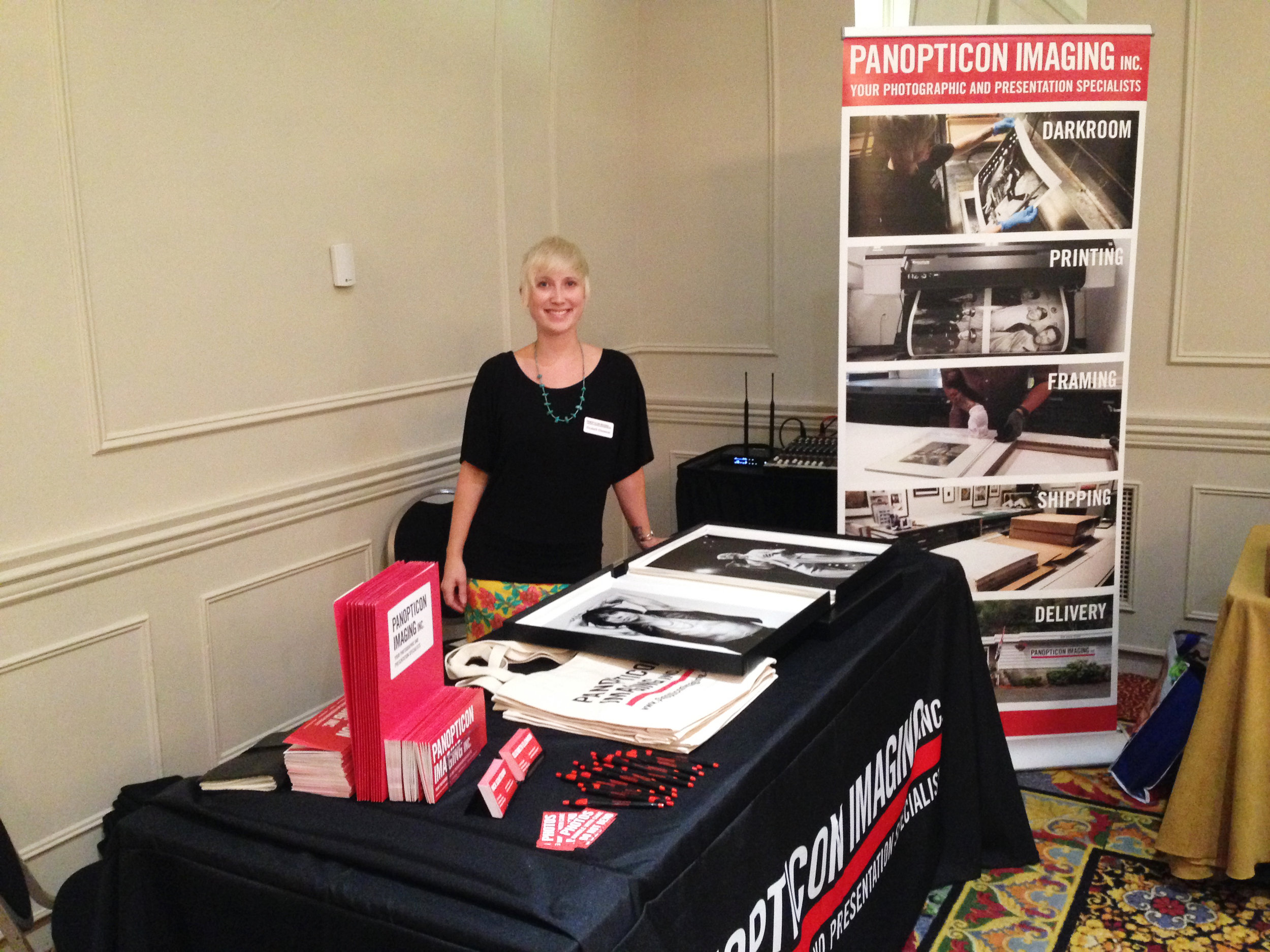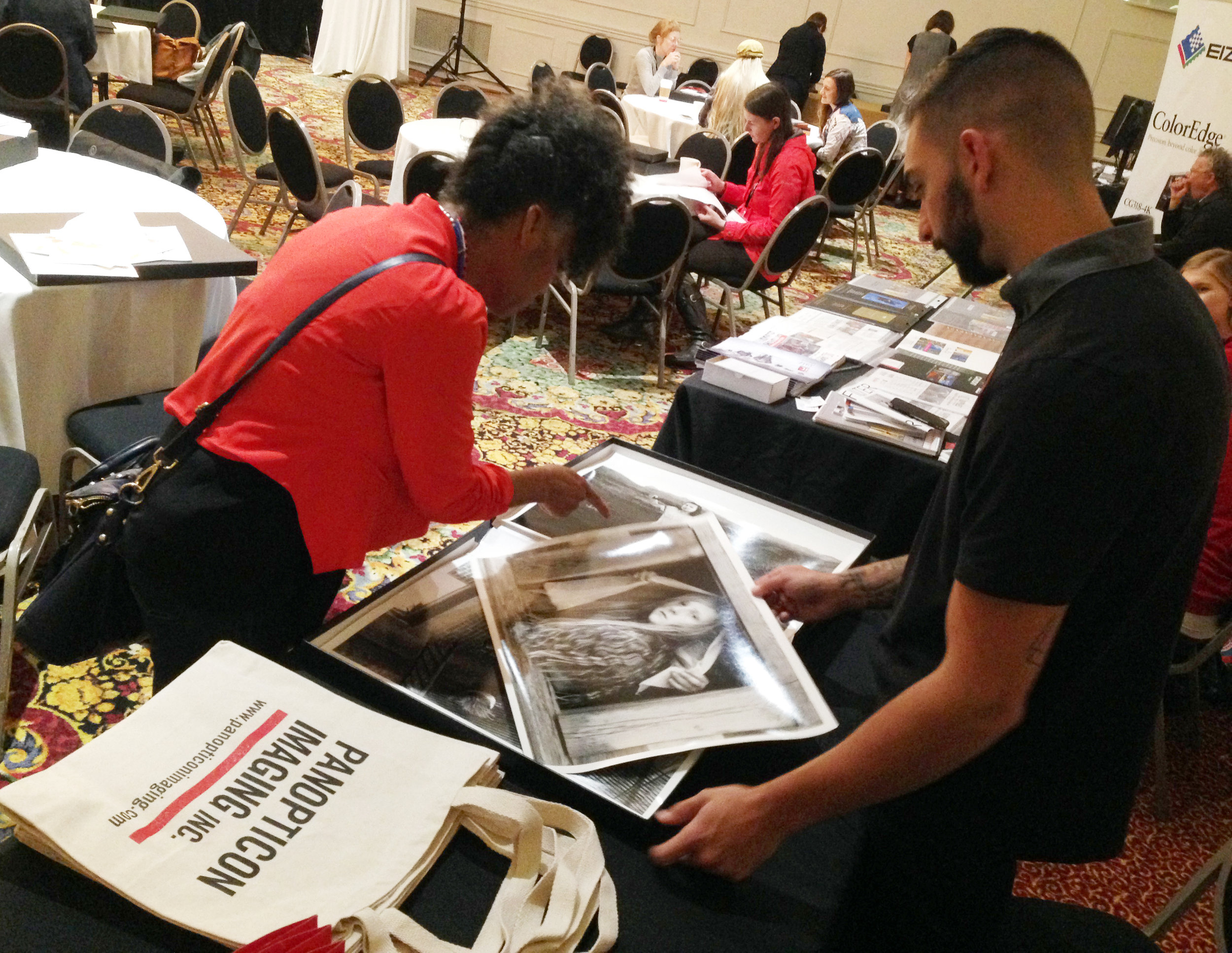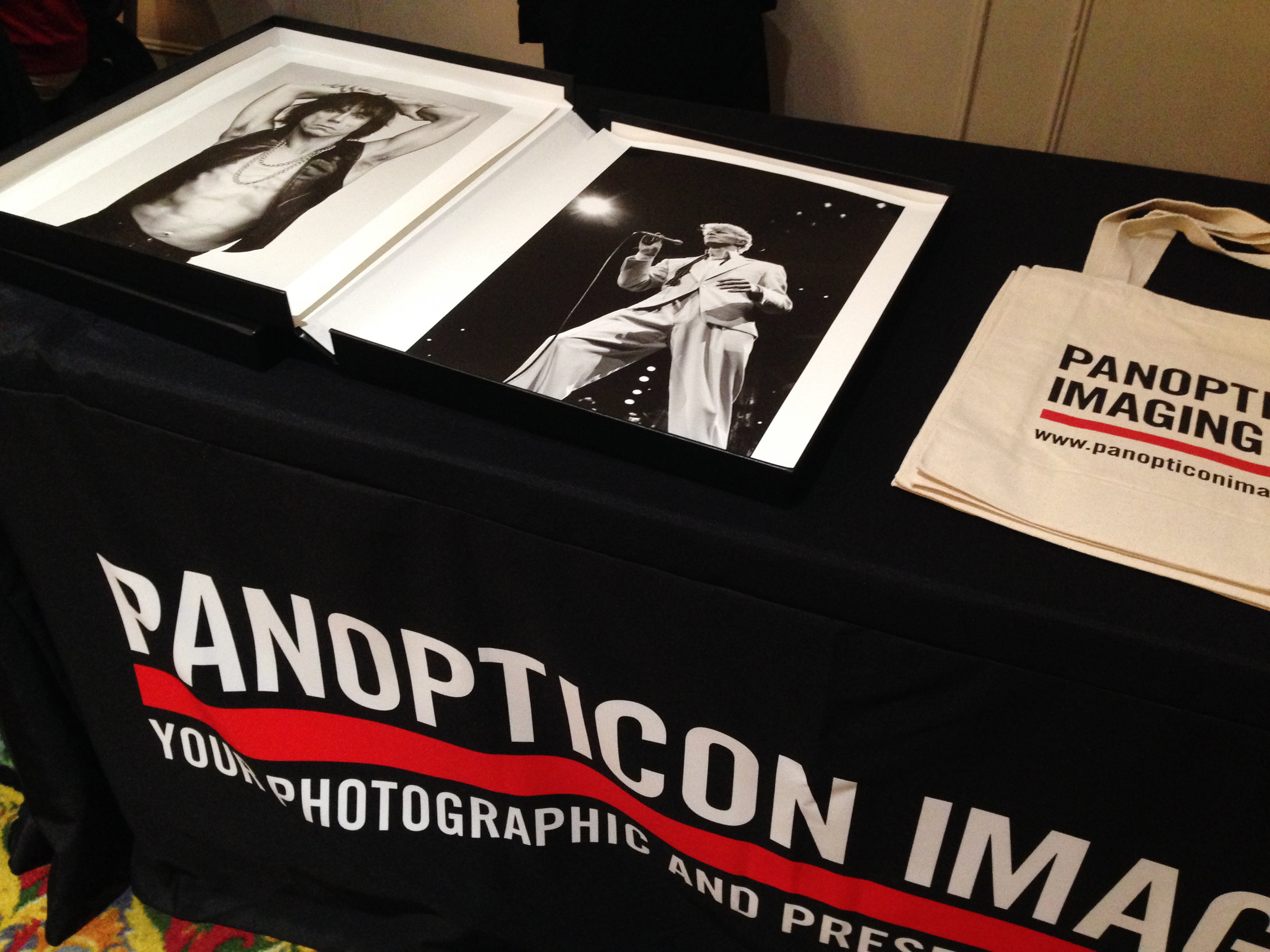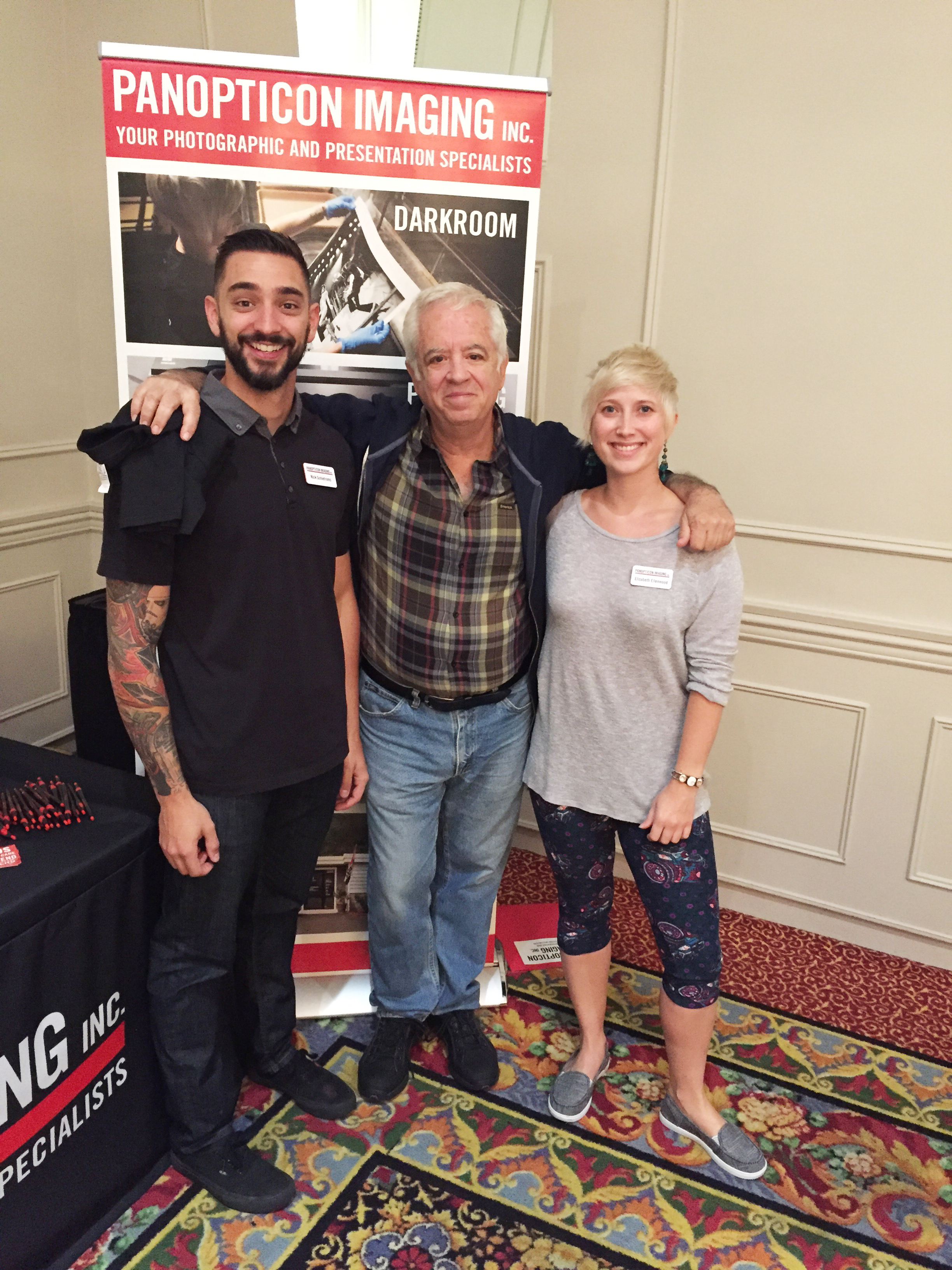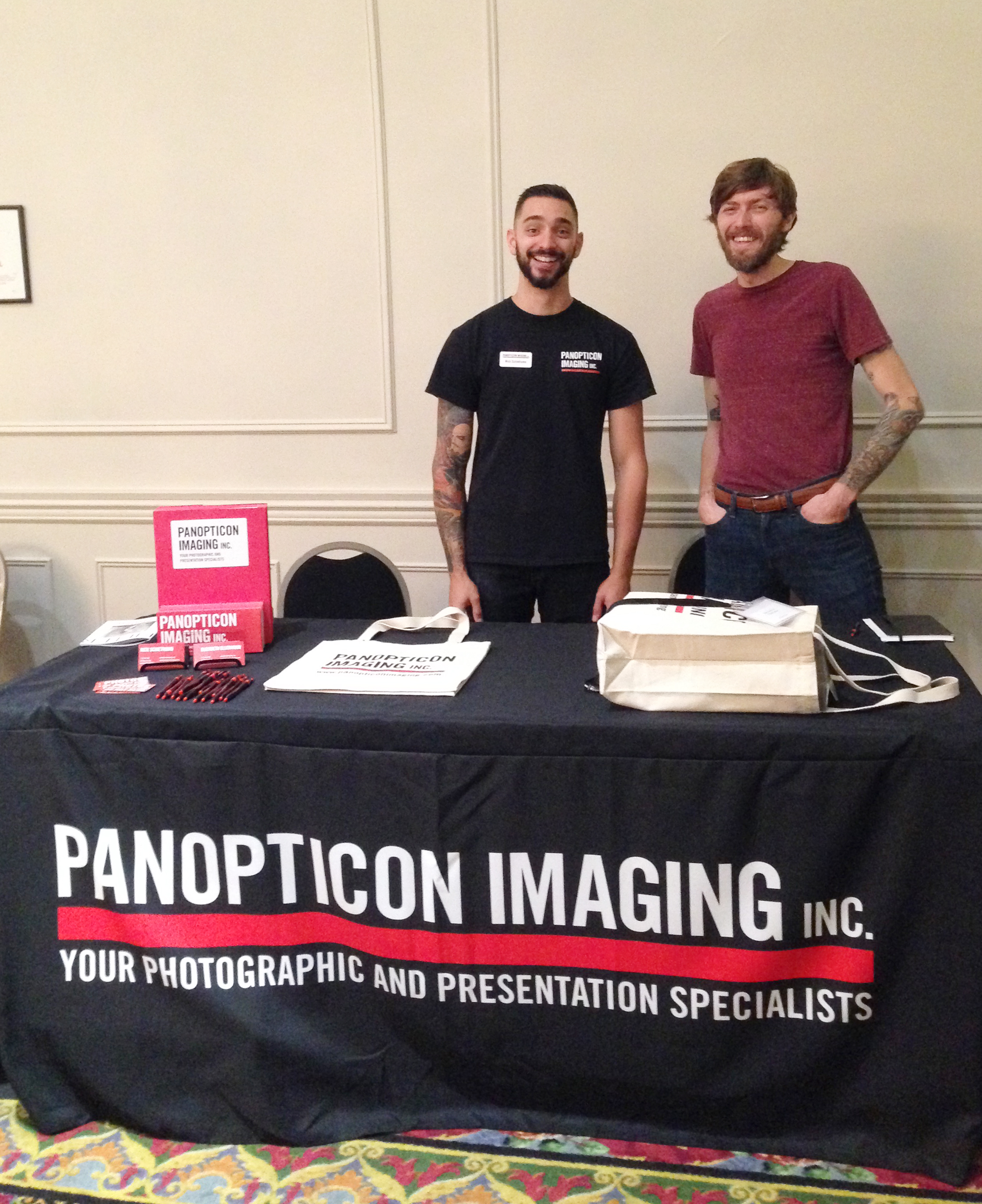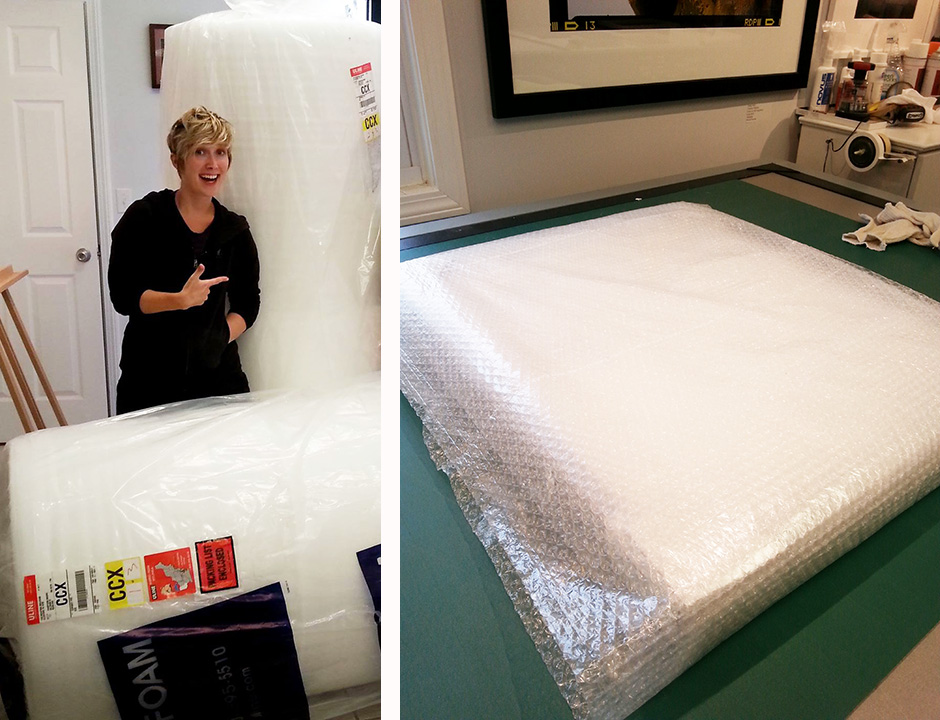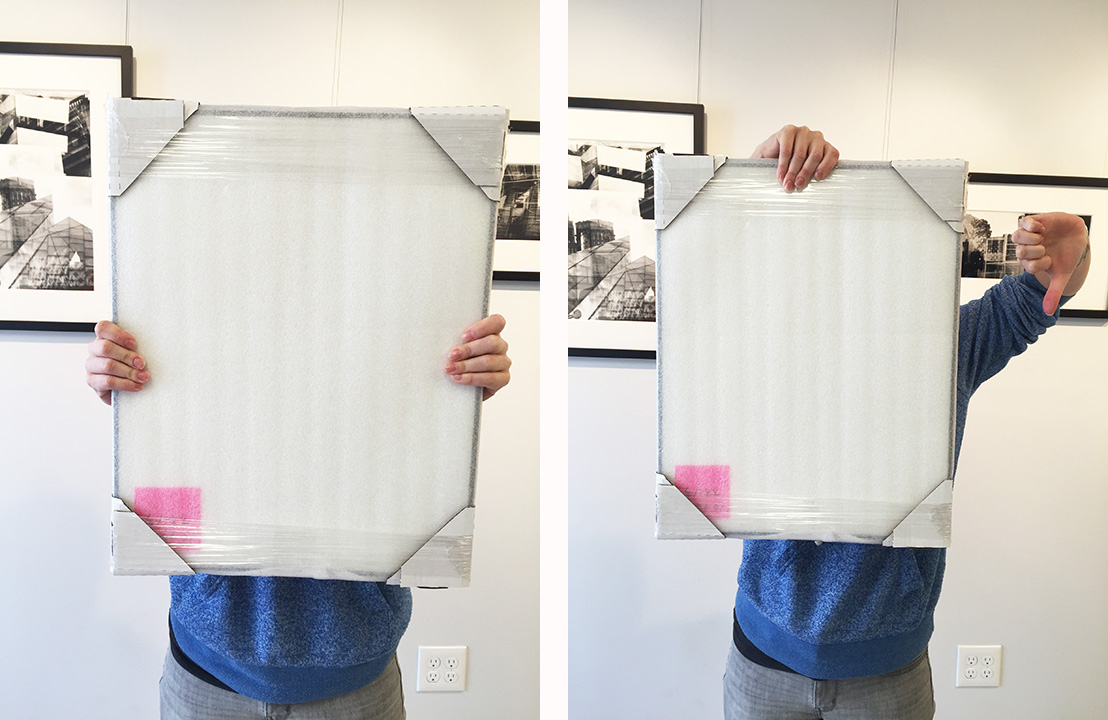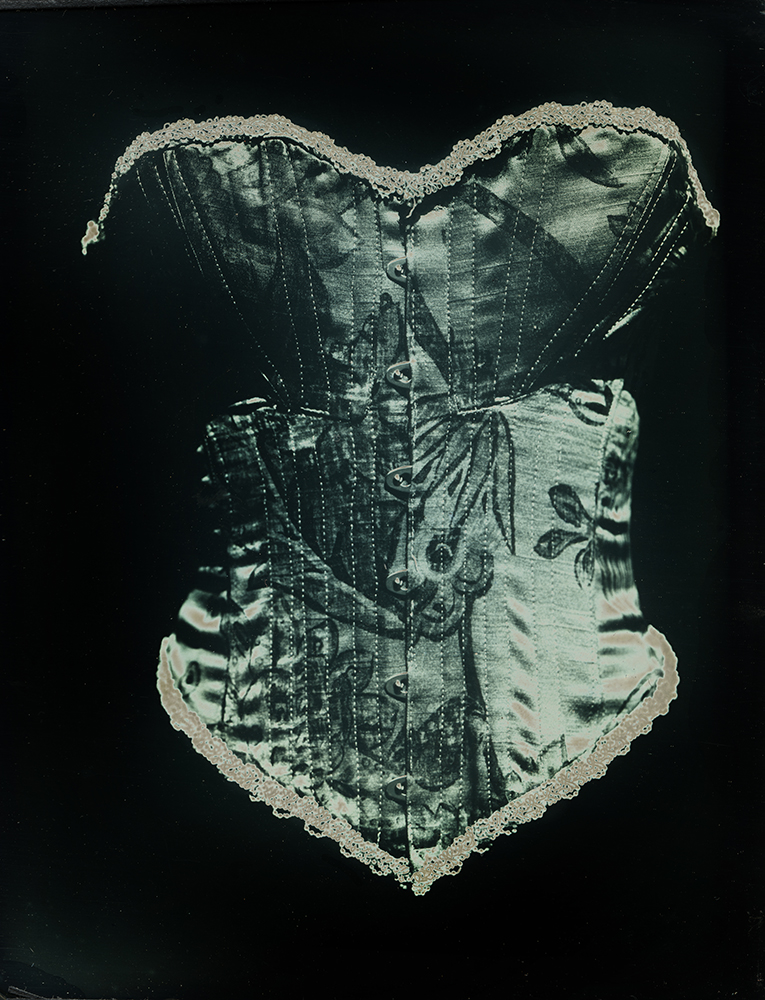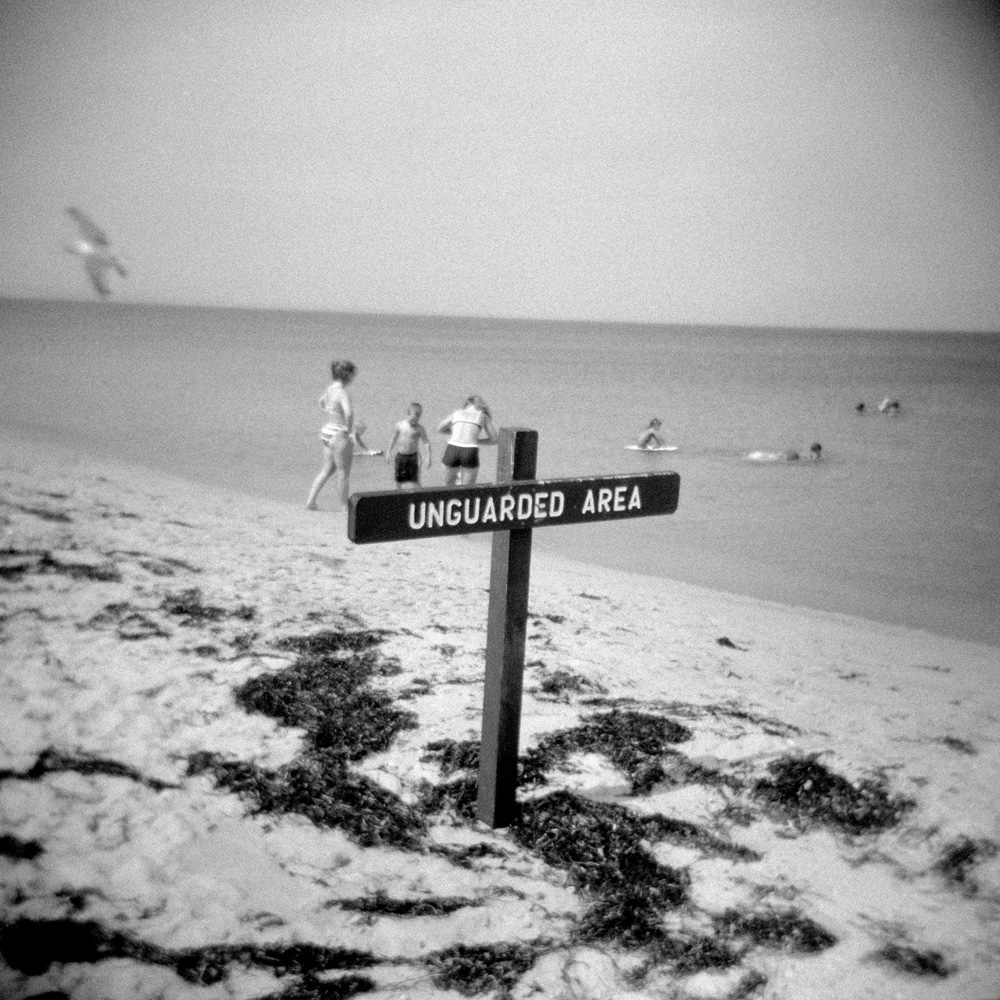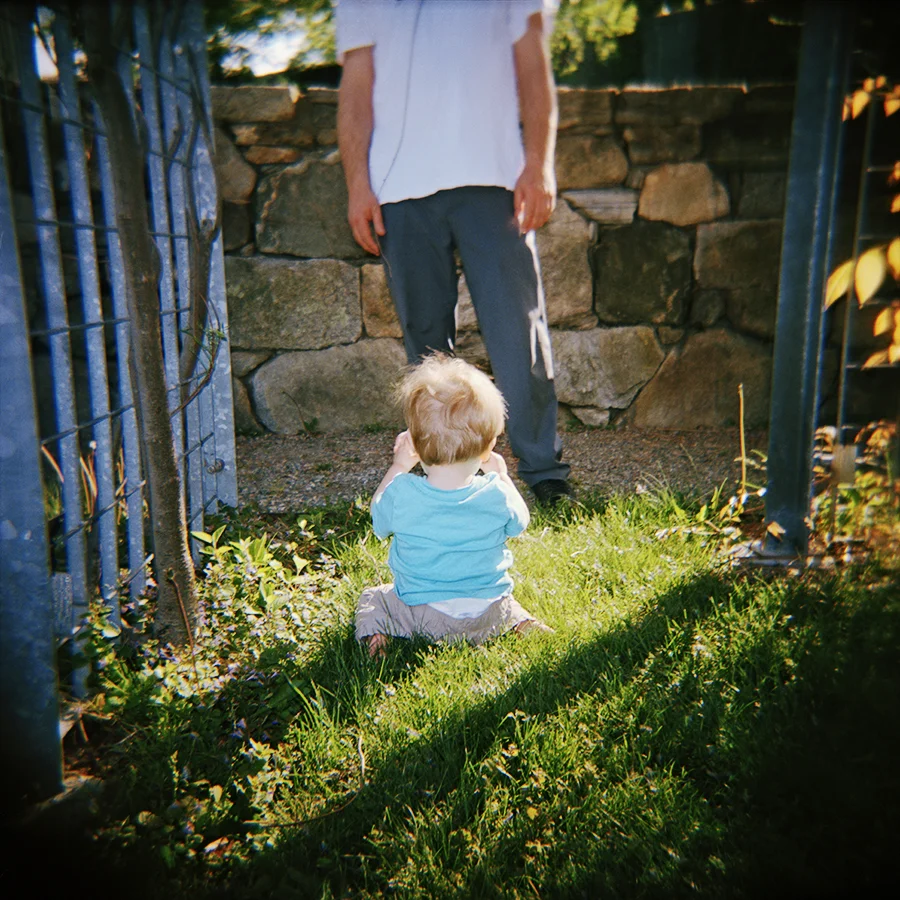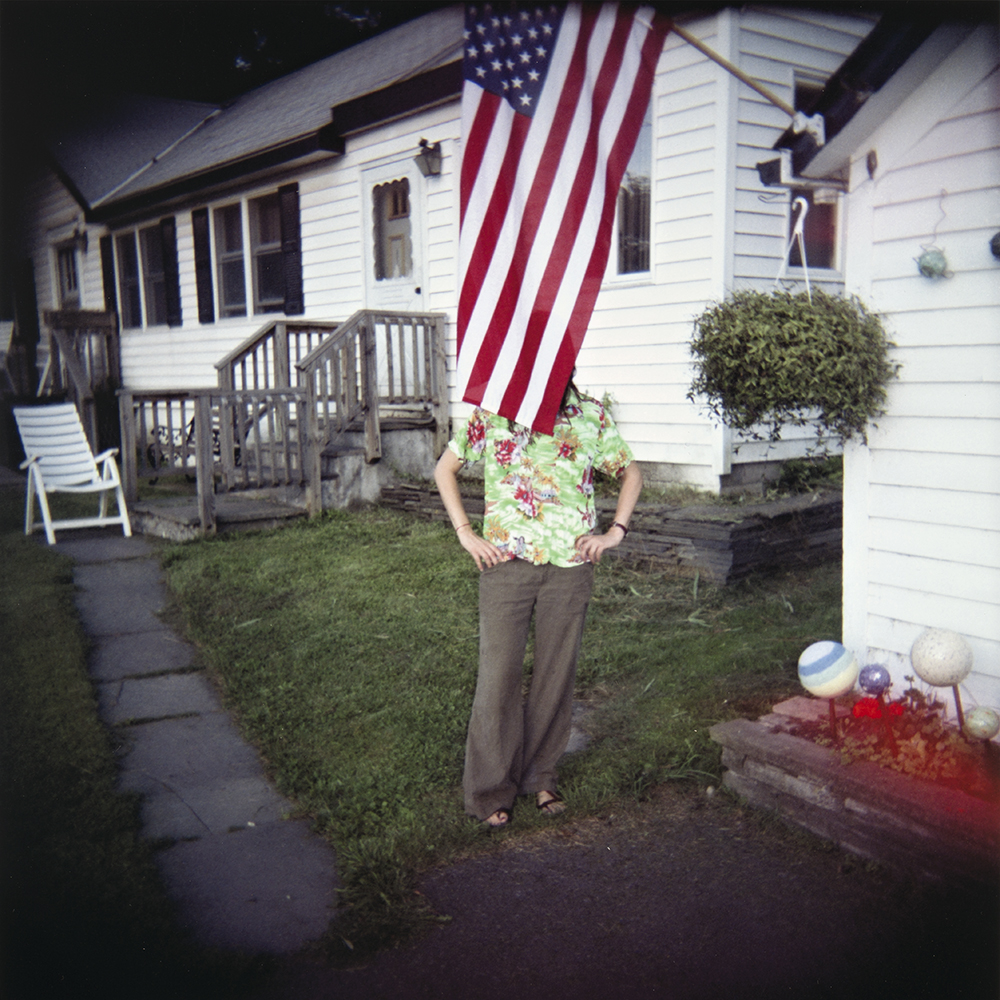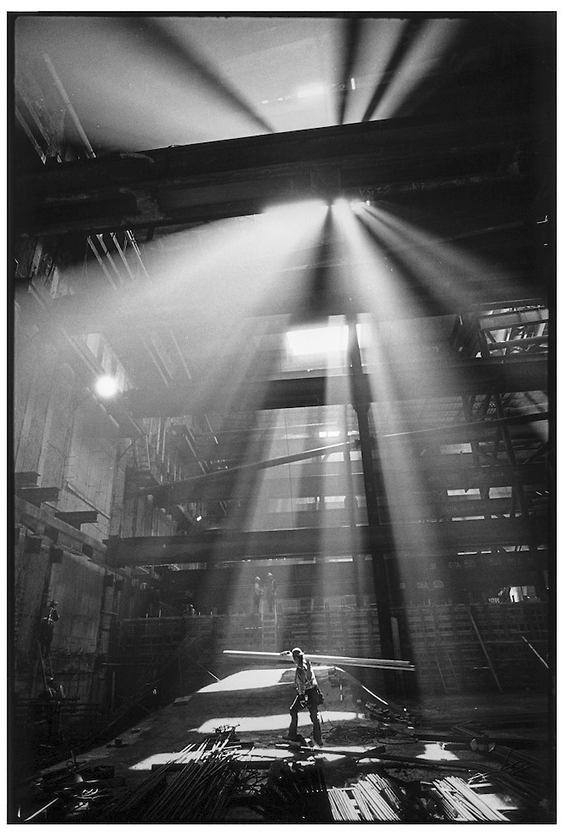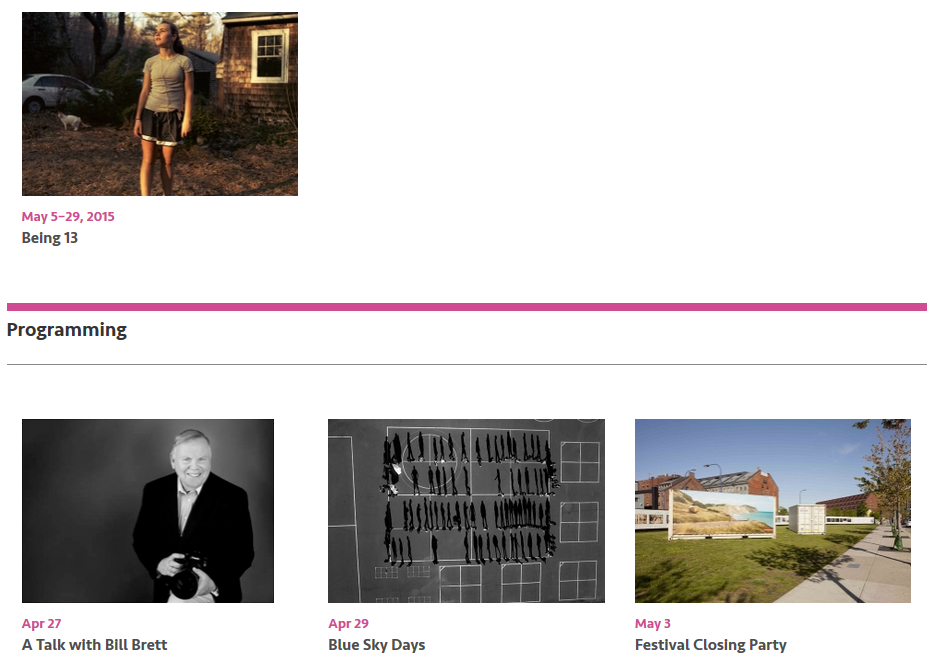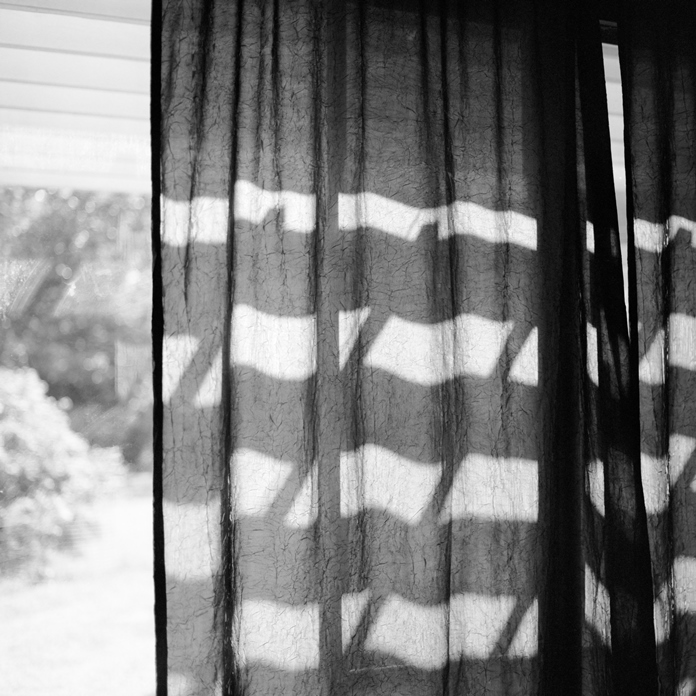At our 10 year Anniversary, we announced the exciting news that we are taking over Panopticon Gallery from Jason Landry. Jason is no stranger to the Boston art scene and we were overwhelmed with the wonderful opportunity he presented to us to have the company come full circle and be under one ownership again. Since acquiring the gallery on May 1, 2017 we have been busy doing renovations and preparations of the space in Kenmore Square. We decided to give the space a little makeover and have started with a fresh coat of paint and spackling on the walls. We are sanding, staining, & putting a new coat of polyurethane on the desk. Next up is new light fixtures!
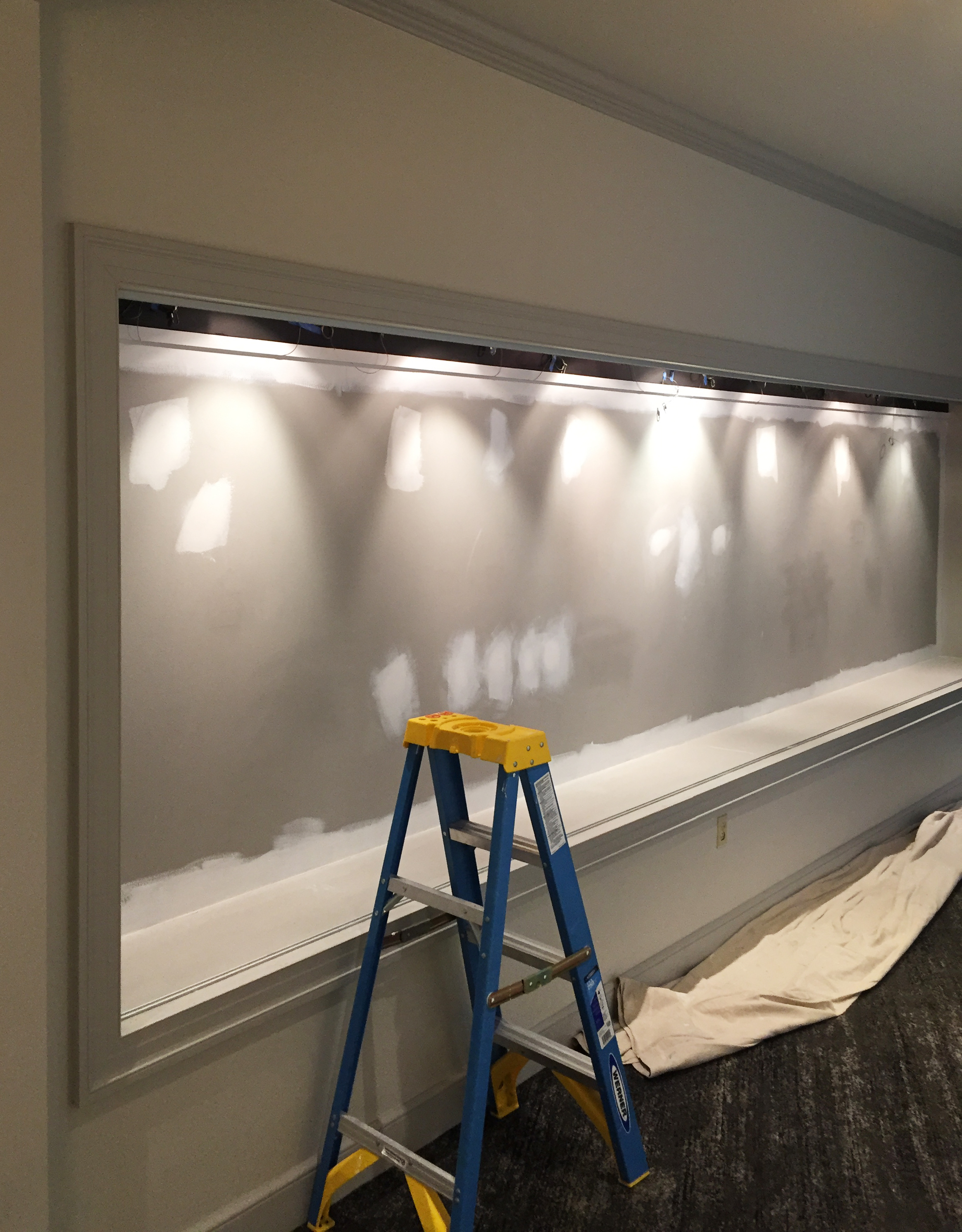
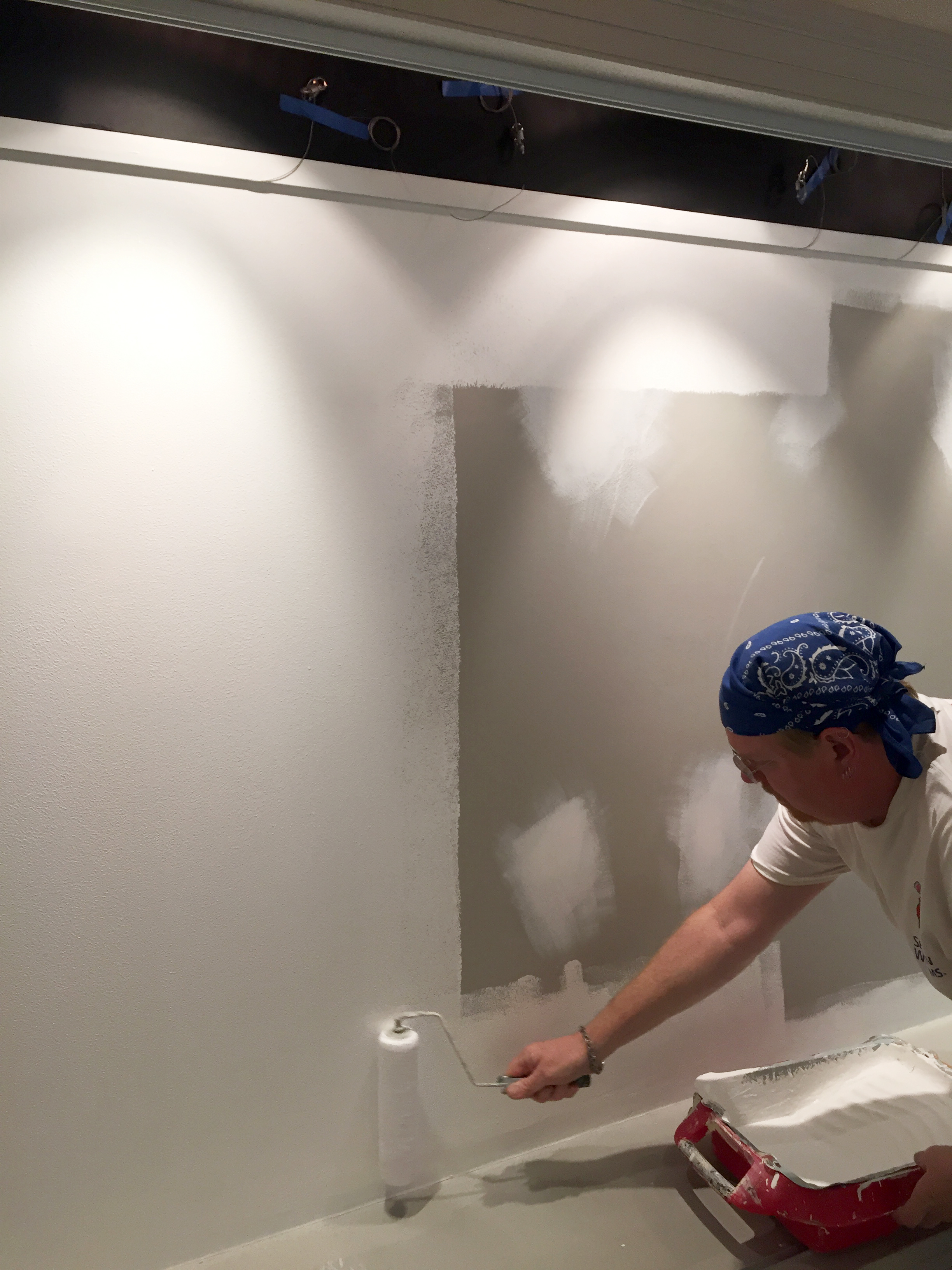
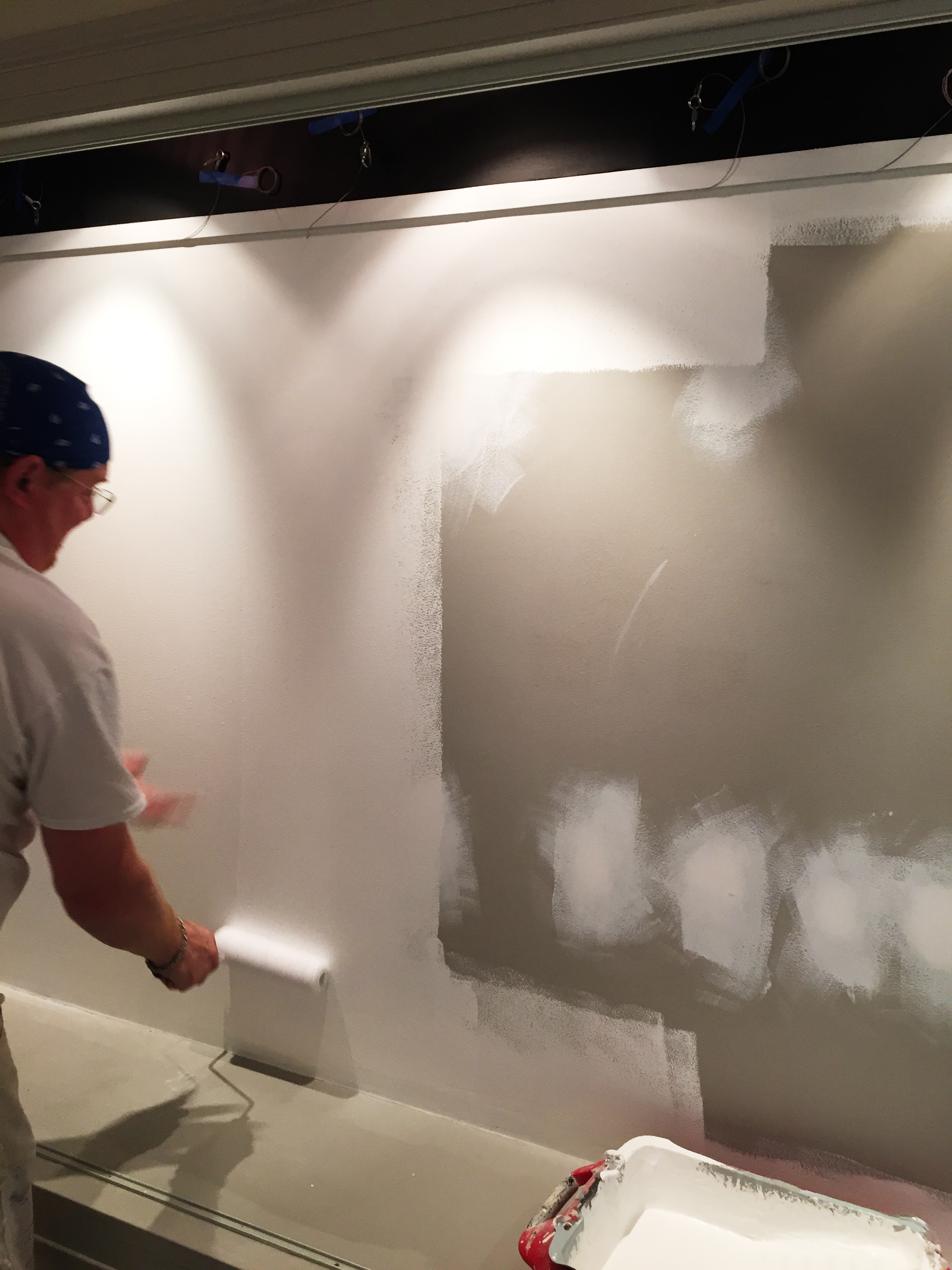
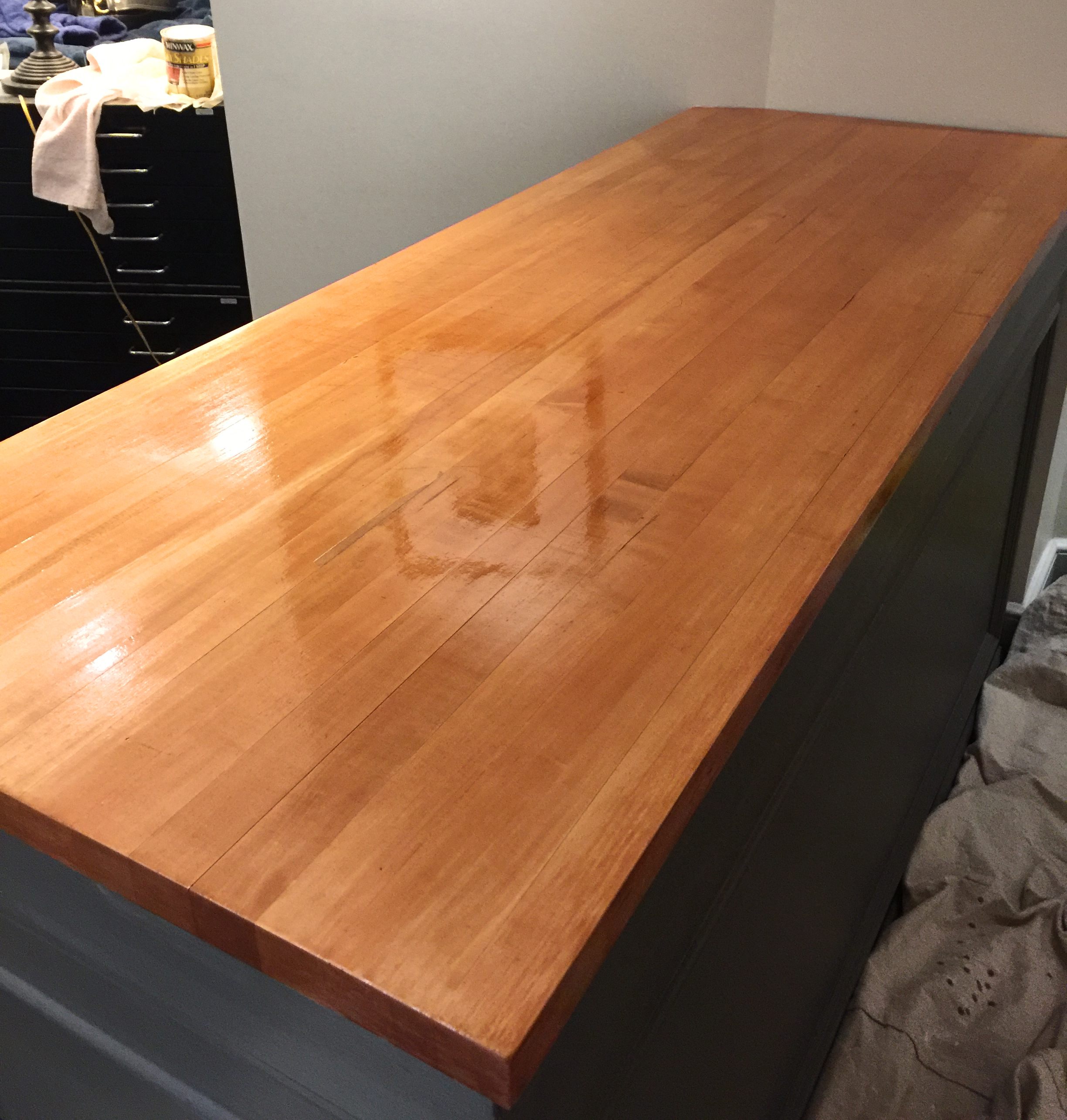

Roger Farrington's exhibition "Celebrity in Boston, 1976-1996" is still featured in the gallery and is certainly a show not to miss! It has also received great press since its opening:
Jamaica Plain News: From Baldwin to Trump, JP's Farrington Photographs Celebrities
NECN: Prime Time for Celebrities
Haute Living: An Artist Talk with Roger Farrington: Celebrity in Boston, 1976-1996
WGBH: Celebrity Photographer Roger Farrington Unveils Special Boston Exhibit
We have exhibitions and events starting in the fall for the gallery and are looking forward to sharing them with you. We will be updating our social media pages and the website as we go so please follow us to see what we are up to!
INSTAGRAM: @panopticongallery



















